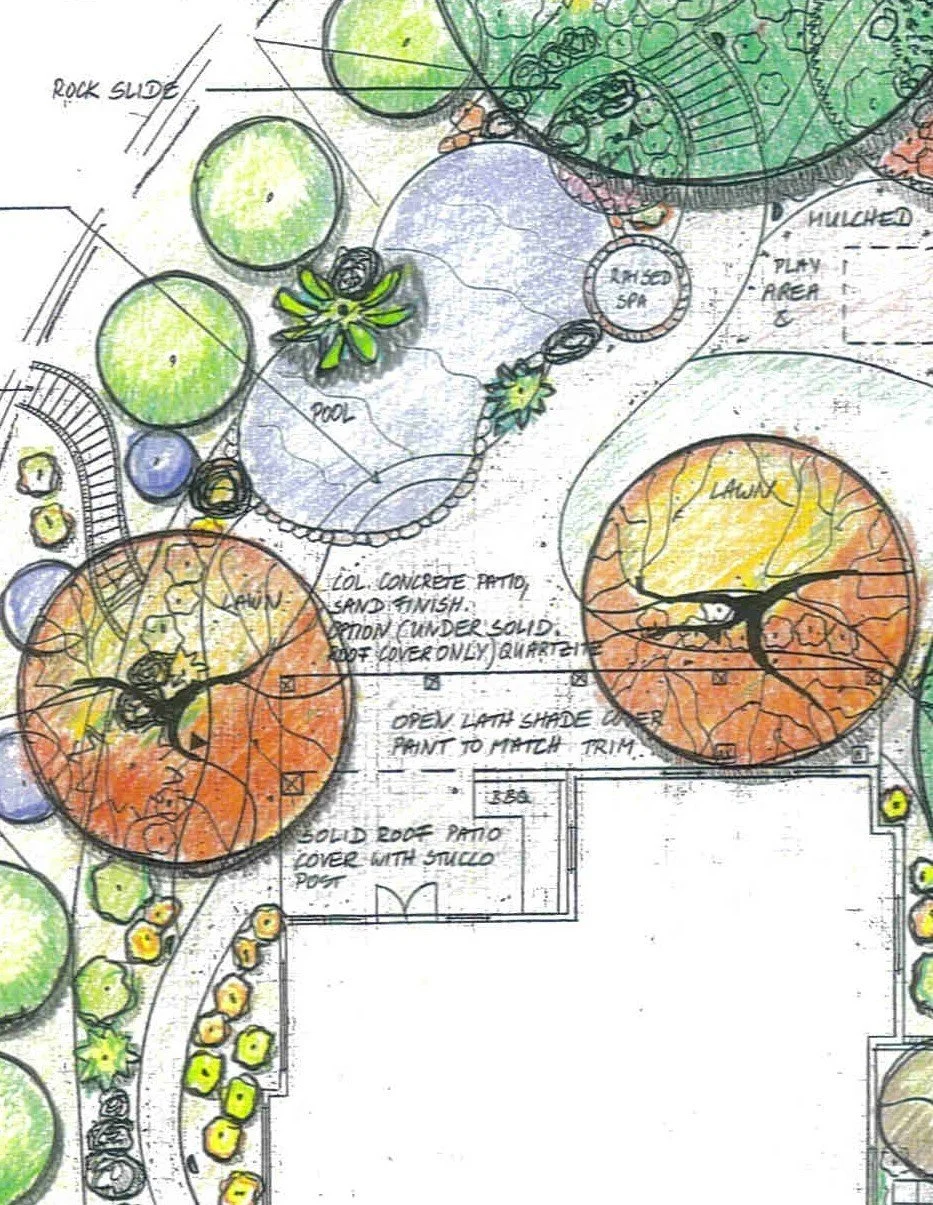
HOW I WORK
If you are dissatisfied with your existing Rocky Mountain landscape or looking for ideas for your new property, it’s worth considering these questions: What’s missing in your landscape? Do you want to stop people in their tracks when seeing your landscape, or are you more interested in a peaceful garden that invites dreaming? Do you want to feel rejuvenated when spending time in your garden, and reconnect with nature? Or is your goal to raise your property value? Will you need professional landscape design help and consultation from concept to installation from a landscape designer that knows the pleasures and challenges of landscape design in the Rocky Mountains?
If you are unsure about how to go about your garden design and need help, call me at 406-246-6065 for a free phone consultation . This can help you decide quickly on your best move forward.
I service the areas of the Flathead Valley from Polson to Thompson Falls; the greater Missoula area and the Bitterroot Valley south to Hamilton.
If you opt for an onsite-visit, this consultation will allow you to better understand and formulate your needs, to evaluate existing site elements and possible restraints, and to consider possible options for their improvement. With these tools in hand you’ll be able to evaluate if you want to go forward with my landscape design services or proceed on your own. Before our consultation, I will ask you to prioritize your project elements in an email, send a few photos and describe your soil conditions to your best knowledge.
Also, you can use my Client Questionnaire to help formulate and define your desired landscape improvements.
On to the design phase:
If you decide on working with me on a landscape design, I’ll draft a detailed proposal that outlines our shared objectives along with the design fees involved and all deliverables defined. Upon your acceptance, I will proceed to the first design phase. Every design starts with an in-depth ‘design study meeting‘ in which we:
define the scope of the desired elements and review the desired style of your landscape;
consider the home’s architecture;
discuss possible amenities, review the desired plant feel;
review your desired investment and the possible implementation of your project in phases.
To start with, I’ll produce a site map which is the inventory of the existing site and lists all pertinent data that will inform the design. A soil analysis might be needed to learn about the composition, percolation rate, and special needs of your soil.
After the design study meeting, I’ll submit one or more drafts, including a preliminary plant list that we’ll review together. Following that, I will make all desired revisions and develop the final concept.
The final concept plan is a blueprint that spells out the design ideas. It shows the conceptual “hardscape” layout (patios, walkways, outdoor kitchen, pool, etc.) and planting plan. Suggested materials and finishes, legends, and plant symbols are very detailed and allow you to obtain competitive proposals for the execution of the design.
If desired, I’m available for project observation so I can be your advocate during the build phase. The benefits you will receive are compliance with the design (which is a most important factor assuring satisfactory execution of the design), cost and time efficiencies with the landscaper, and less anxiety.
Here are some optional services that I have found to be beneficial to clients and the professionals involved in the project:
Introduce a professional landscaper to the client and the project in a first walk-through.
Assist with bid review to ensure the bid covers the design and answers all your questions.
Provide total liaison with client and landscaper or other landscape professionals with problem-solving in mind (i.e. arborist, irrigation specialist, pool builder or geologist/soils engineer etc.).
Source plants (a service often appreciated by the landscaper because it saves them time, and I can suggest suitable substitutes should a plant in the design not be available at that time); garden art, accessories, and furniture; an d provide quality control at deliveries.
Place plants on the ground prior to planting — the landscape design is conceptual and changes can occur during construction which then makes adjustments of the planting design desirable. Also, landscapers are not necessarily familiar with the plants in the design, and I have a better understanding of their future growth and desired feel in the landscape which informs the suitable placement of the plants.
Create a plant book of all plants used in the design with photos and descriptions, irrigation and maintenance recommendations.
Because gardens are dynamic and forever evolving, I propose to follow the maturation of your garden with regular site visits.
I look forward to speaking with you.

